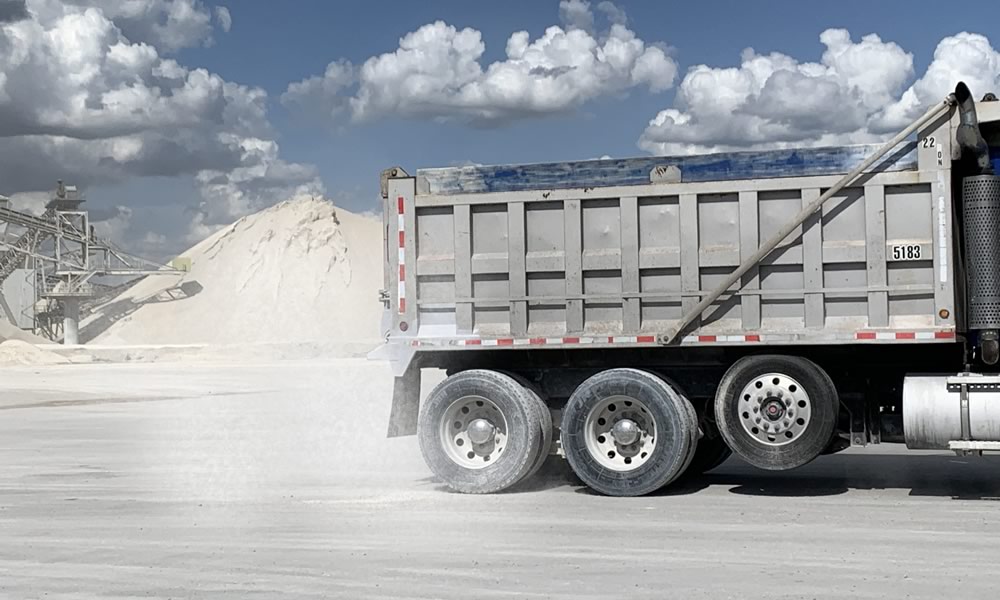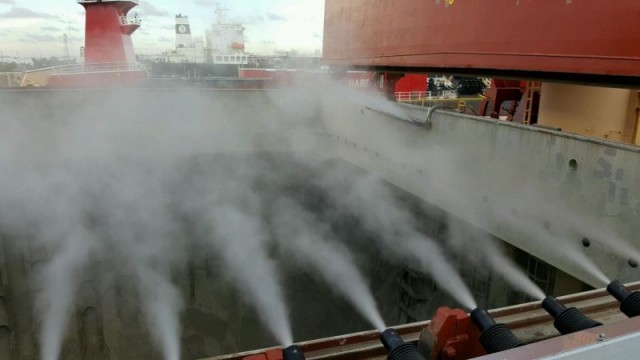
Dust suppression is essential in mining, construction, and manufacturing industries, where dust particles pose significant health and environmental risks. BossTek Dust suppression systems are all about controlling dust in the air. Whether it’s on construction sites, mining operations, or even during road work, managing dust is crucial. Here, we’ll break down the two main types of dust suppression systems: dry and wet, and show you how they stack up against each other.
Understanding wet dust suppression systems
Wet dust suppression systems use water to capture dust particles in the air. Some systems add chemical agents to water, improving the binding process and creating a denser mist, which further helps control fine particles. Wet suppression is effective for controlling large dust particles and is commonly used on roadways, stockpiles, and transfer points in industries like mining and construction.
Advantages of wet dust suppression
The main advantage of wet dust suppression is its effectiveness in containing a wide range of particle sizes. By increasing the weight of dust particles through moisture, wet systems reduce the spread of dust. This approach also cools surrounding areas, which can be an additional benefit in hot environments. Wet suppression systems are generally more affordable and easier to set up than dry systems, making them popular in open-air sites where a high volume of dust is generated.
Disadvantages of wet dust suppression
However, wet suppression also comes with drawbacks. One downside is that water-based systems may create mud or sludge, which requires additional cleaning and maintenance. In colder climates, freezing can become a problem, limiting the effectiveness of water-based systems in winter. Furthermore, wet suppression may not work as effectively on fine particles, as these particles can be too small for the water droplets to capture efficiently. Lastly, water usage can be a concern in arid regions, making wet systems unsuitable for locations with limited water resources.
Understanding dry dust suppression
In contrast, dry dust suppression uses air filtration systems and electrostatic methods to capture dust particles without water. Dry suppression systems include bag filters, cyclones, and electrostatic precipitators that trap dust particles through mechanical processes. Some advanced dry systems use charged electrodes to attract dust, relying on electric fields to gather and contain airborne particles. Dry suppression is often used in enclosed areas and on materials that are sensitive to moisture, such as powders and minerals.
Advantages of dry dust suppression
Dry dust suppression systems are ideal for places where water is impractical or potentially damaging to materials. Since these systems do not add moisture, they are preferred for indoor operations and in environments where dry dust control is critical. They also avoid creating muddy residues, making them easier to maintain in many cases. Additionally, dry systems perform effectively in cold climates where water-based suppression would face freezing issues. These systems are well-suited for capturing fine and respirable dust particles, providing superior protection in enclosed areas.
Disadvantages of dry dust suppression
Dry suppression systems, however, are often more complex and expensive than wet systems. The need for specialized equipment, such as filters and electrostatic systems, can increase both installation and maintenance costs. Another drawback is that these systems can generate high levels of energy consumption, especially in large-scale applications. Additionally, dry systems require routine filter replacement and cleaning to remain effective, adding to the overall maintenance effort. The complexity and cost make dry systems more suitable for industries requiring high levels of dust containment and where water is not an option.
When deciding between wet and dry dust suppression, consider the specific needs of your application. Understanding these differences can help you select the most efficient dust suppression strategy for your industrial environment.







